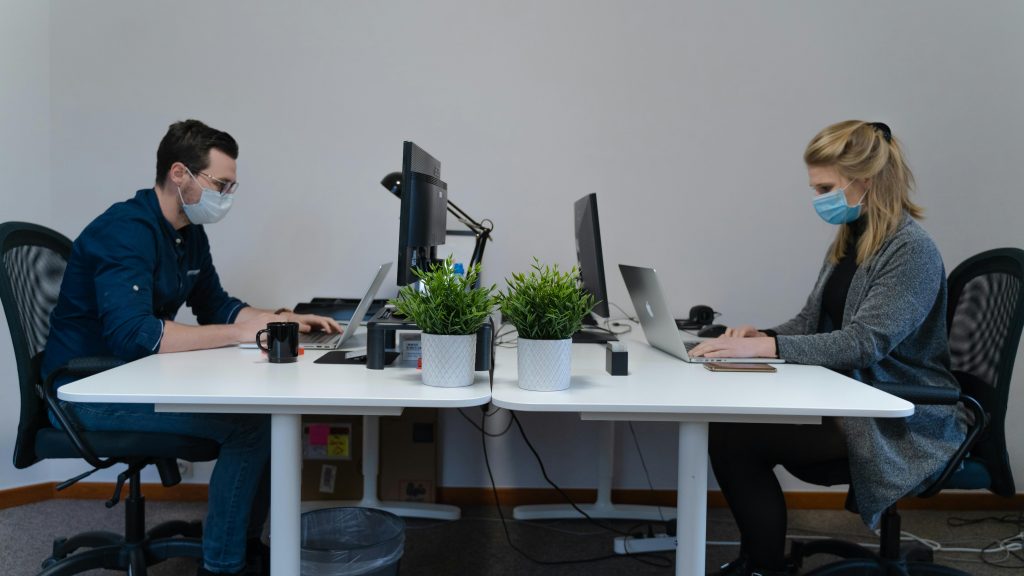Transferring SSDs to a New PC Build: What You Need to Know
Upgrading or building a new PC can be an exciting process, but it often comes with questions about data and system stability—particularly regarding your existing storage devices. If you’re considering moving your SSDs from your current setup into a new machine, it’s natural to wonder whether this process is straightforward or if it might cause complications.
Understanding Your Current Setup
Many users, like yourself, configure their PCs with multiple SSDs to optimize performance and organization. Typically, one SSD is dedicated to the operating system—like Windows—for quick boot times, while others store files and applications. This setup offers both speed and convenience.
Moving SSDs to a New Build: The Key Considerations
-
Compatibility Checks
Before physically transferring your SSDs, ensure that your new motherboard supports your drives’ interface (e.g., M.2 NVMe). Most modern motherboards are backward compatible, but verifying the specifications can save you headaches down the line. -
Hardware Configurations and BIOS Settings
When you move the drives, BIOS or UEFI firmware settings may need adjustment to recognize your SSDs properly. Setting the correct boot order is crucial if your system’s primary drive contains the OS. -
Windows Activation and Stability
One of the bigger questions is whether Windows will boot successfully after moving the SSD. Because Windows installs certain drivers and hardware-specific settings, changing hardware significantly can trigger activation issues or cause the OS to malfunction. Typically, Windows will attempt to adapt, but in some cases, a reactivation or repair installation may be necessary. -
Data Integrity and Backup
Always back up important data before hardware changes. This ensures that, in the unlikely event something goes wrong, your files remain safe. -
Potential for Boot and Stability Issues
While many users successfully move SSDs to new systems, others encounter boot errors or instability if hardware configurations differ substantially, or if the SSDs contain the OS installation from the previous machine.
Best Practices
-
Clean Install or Cloning?
For a smooth experience, consider doing a fresh Windows installation or performing a complete disk clone to transfer your environment smoothly. -
Prepare for Driver Updates
Post-move, update drivers relevant to your new motherboard and hardware to ensure optimal performance. -
Use a Backup and Recovery Plan
Having a recovery drive or system image can facilitate troubleshooting if boot issues
Share this content:



